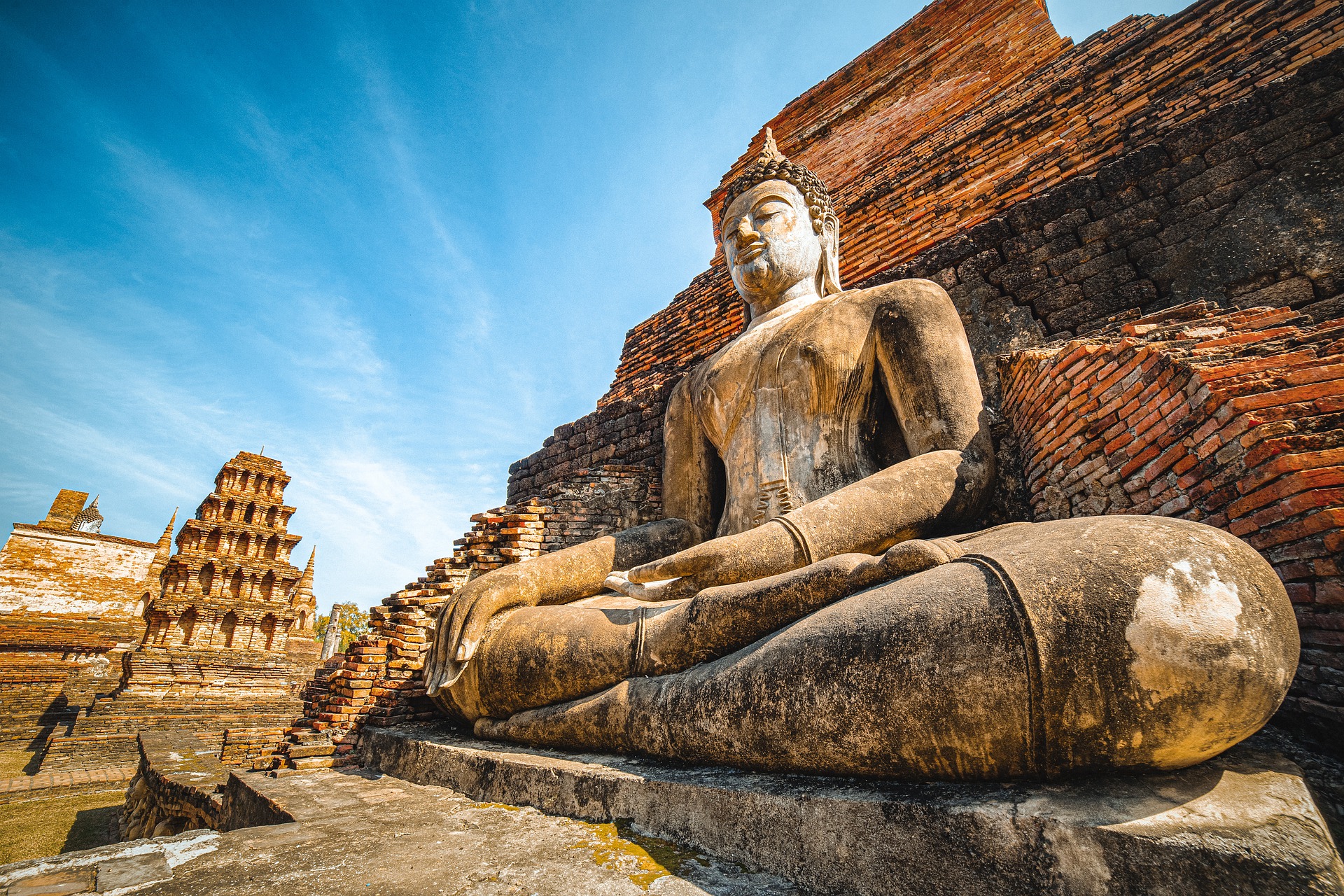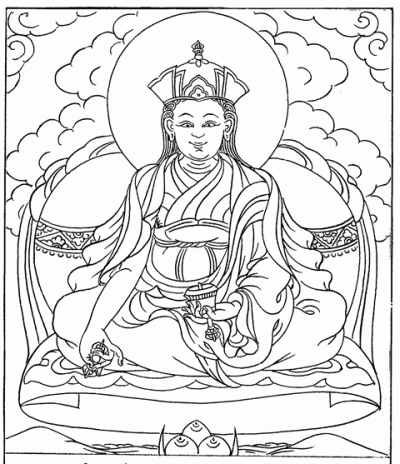Translation of the Dharani section from Kangyur
Hindu-Tibetan Buddhism is known for an enormous profusion of methods for discovering wisdom and gaining spiritual insight. But quite unknown is the vast number of practical methods of Buddhist teachings aimed at the more relative realm of our reality.

What is in the section?
The dharani section of the traditional Kangyur textual canon contains many short sutras and teachings that can be useful in everyday life. The texts of the section are aimed not only at gaining spiritual benefit, but also at solving a variety of life’s problems everyone can relate to. Indeed, when the conditions of our lives are harmonious and we are not faced with troubles (which can be avoided), it is easier for us to realize the final fruit - Awakening.
Particularly in the Dharani section, one can find texts with practical methods for improving health, financial well-being, living conditions, etc. These sutras were bestowed by various beings at the time of Shakyamuni and were subsequently included in the Tibetan Kangyur Canon, which has survived in its authentic form to this day.




